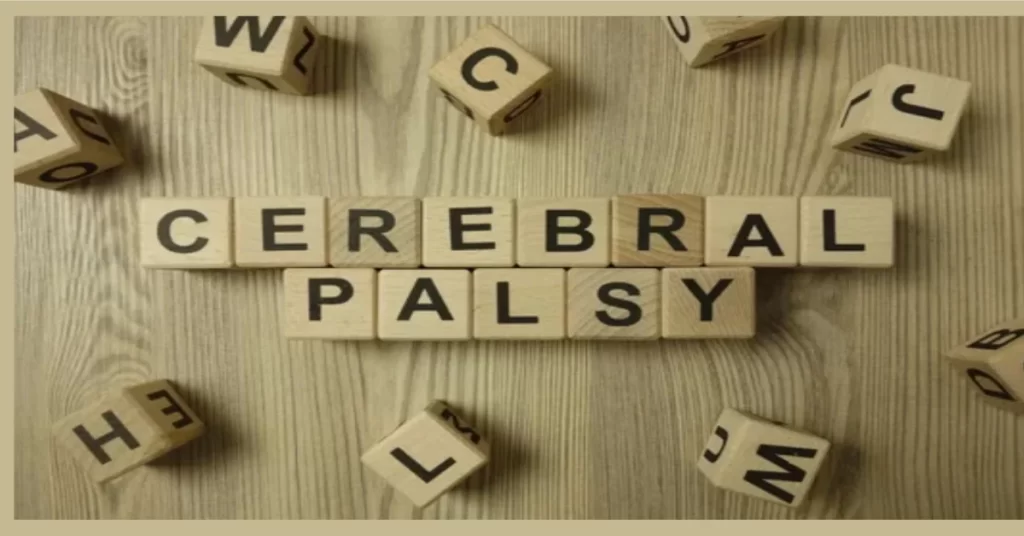Understanding Cerebral Palsy

Cerebral palsy (CP) is a group of neurological disorders that affects movement and muscle coordination. It is caused by brain damage that occurs during the development of the brain, usually before, during, or shortly after birth. CP affects people in different ways, and the severity of the condition can vary from mild to severe. In this article, we will explore the causes, symptoms, and treatment options for cerebral palsy.
What Causes Cerebral Palsy?
Cerebral palsy is caused by brain damage that affects the part of the brain that controls muscle movement. Palsy refers to disorder of movement. CP is caused by damage to the motor control centers of the young developing brain and can occur during pregnancy (75%), during childbirth (5%) or after birth (15%) up to about age three. Some of the known causes of CP include:
- Lack of oxygen to the brain during birth
- Infections during pregnancy
- Brain infections during infancy
- Head injury
- Genetic factors
- In some cases, the cause of CP is unknown.
Epidemiology:
Cerebral palsy affects approximately 17 million people worldwide. In the United States, around 1 in 345 children are diagnosed with cerebral palsy each year. The prevalence of cerebral palsy varies by geographic location, with a higher prevalence in low-income countries.
Causes: The exact cause of cerebral palsy is unknown, but it is often the result of damage to the developing brain before, during, or after birth. Factors that can increase the risk of cerebral palsy include premature birth, low birth weight, multiple pregnancies, infections during pregnancy, and complications during delivery
Symptoms of Cerebral Palsy: The symptoms of cerebral palsy can vary depending on the severity of the condition. CP’s resultant motor disorder(s) are sometimes, accompanied by “disturbances of sensation, cognition, communication, perception, and behavior, and seizure disorder. Some common symptoms include:
- Muscle weakness
- Abnormal muscle tone
- Difficulty with coordination and balance
- Stiff muscles
- Tremors or involuntary movements
- Delayed motor milestones (such as crawling or walking)
- Difficulty with fine motor skills (such as grasping objects)
- Speech difficulties
- Intellectual disabilities
Note: Symptoms of cerebral palsy can appear in infancy or early childhood.
Types of Cerebral Palsy: There are several types of cerebral palsy, and each type affects people in different ways. The most common types of CP include:
- Spastic cerebral palsy: This type of CP is characterized by stiff and tight muscles, which can make movement difficult, is the most common type of cerebral palsy accounting for around 80% of cases.
- People with this type are hypertonic and have a neuromuscular condition stemming from damage to the corticospinal tract or the motor cortex that affects the nervous system’s ability to receive gamma amino butyric acid in the area(s) affected by the spasticity.
- Dyskinetic/Athetoid cerebral palsy: This type of CP is characterized by uncontrolled movements, such as twisting or writhing.
- Athetoid/dyskinetic is mixed muscle tone (hypertonia and hypotonia), muscle tone will be increased with age and progress to Hypertonia.
- The damage occurs to the extrapyramidal motor system and/or pyramidal tract and to the basal ganglia. Occurs in 40% of cases
3. Ataxic cerebral palsy: This type of CP is characterized by problems with balance and coordination, making it difficult to perform precise movements.
- Ataxia type symptoms can be caused by damage to the cerebellum. Forms of ataxia are less common types of Cerebral Palsy (10%). Some individuals have hypotonia and tremors.
4. Mixed cerebral palsy: This type of CP involves a combination of symptoms from the other type
Diagnosis: Diagnosing cerebral palsy usually involves a physical exam, medical history review, and neurological exam. Other tests may be done to rule out other conditions that may cause similar symptoms, such as genetic disorders or brain tumors. If a diagnosis of cerebral palsy is made, imaging tests such as MRI or CT scans may be done to determine the extent of brain damage.
Treatment: Options for cerebral palsy depend on the severity of the condition and the specific symptoms experienced by the individual. Some common treatment options include:
- Physical therapy: This can help improve muscle strength and coordination.
- Occupational therapy: This can help with daily activities such as dressing and feeding.
- Speech therapy: This can help improve communication skills.
- Medications: Some medications may be used to help manage muscle stiffness or other symptoms.
- Surgery: In some cases, surgery may be needed to correct skeletal abnormalities or to release tight muscles.
Living with Cerebral Palsy:
Cerebral palsy is a lifelong condition, but with the right treatment and support, individuals with CP can lead fulfilling lives. It is important to work with healthcare professionals to develop a treatment plan that addresses individual needs and goals. Supportive services such as assistive technology, accessible housing, and education and employment services can also help individuals with CP live as independently as possible.
FAQs
1. Can cerebral palsy be cured?
No, there is no cure for cerebral palsy. However, with the right treatment and support, individuals with CP can lead fulfilling lives.
2. How common is cerebral palsy?
Cerebral palsy is relatively common, with an estimated 17 million people affected worldwide.
3. Can cerebral palsy be prevented?
In some cases, cerebral palsy can be prevented through proper prenatal care, including avoiding infections during pregnancy, preventing premature birth, proper newborn resuscitation, and managing conditions such as high blood pressure and diabetes.
4. What is the life expectancy for someone with cerebral palsy?
The life expectancy for someone with cerebral palsy is similar to that of the general population, but may be affected by other health conditions that can be associated with CP, such as respiratory problems or seizures.
5. Can cerebral palsy be inherited?
In most cases, cerebral palsy is not inherited. However, in some cases, there may be a genetic component that increases the risk of developing CP.
Conclusion:
Cerebral palsy is a complex condition that can have a significant impact on an individual’s life. However, with the right treatment and support, individuals with CP can lead fulfilling lives. It is important to work with healthcare professionals to develop a treatment plan that addresses individual needs and goals, and to access supportive services to promote independence and quality of life.
Misconception: One common misconception about cerebral palsy is that it is always associated with intellectual disability. While some people with cerebral palsy may have intellectual disabilities, many have average or above-average intelligence. For example, Paralympic gold medalist Tatyana McFadden has won 17 marathons and 7 Paralympic gold medals.






Responses